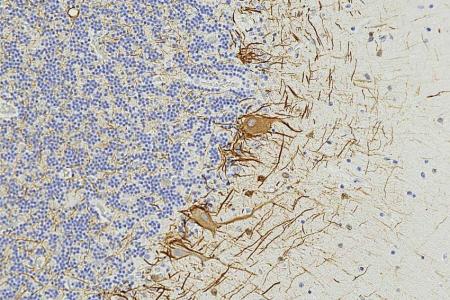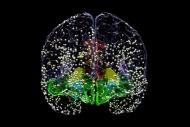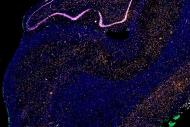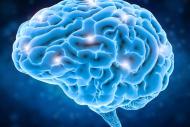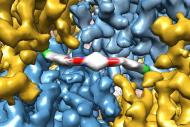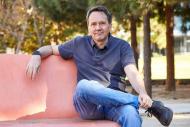Case Study Shows Promising Proof of Concept for Ongoing Clinical Trial Depression is among the most common psychiatric disorders, affecting as many as 264 million people worldwide and leading to hundreds of thousands of deaths per year. But as many as 30 percent of patients do not respond to standard treatments such as medication or psychotherapy.
Findings Could Lead to Targeted Treatments to Boost Brain’s Resilience A team of researchers has identified for the first time the neurons that are among the first victims of Alzheimer’s disease.
UCSF Psychologist Says ‘Brain Health’ Factors, Not Lower Benchmarks for Blacks, Should Be Used in Cognitive TestingA UCSF clinical psychologist has taken aim at the NFL for “race-norming” Black players diagnosed with dementia, a practice that is depriving them of the monetary awards allocated to former footballers with neurodegenerative disorders.
Epilepsy ‘Weather Forecasts’ Could Let Patients Plan Lives Around Fluctuations in Seizure RiskPatterns of brain activity can be used to forecast seizure risk in epilepsy patients several days in advance, according to a new analysis of data obtained from clinically approved brain implants by neuroscientists at UCSF, the University of Bern and the University of Geneva.
These scurrying, soaring, and slithering wonders are teaching scientists how our own bodies work – and how to fix them.Giant lizards with superpowered hearts. Hairless rodents that don’t seem to age. Songbirds that babble like human babies. These and other scurrying, soaring, and slithering wonders are teaching scientists how our own bodies work – and how to fix them.
Rapid Rejuvenation of Mental Faculties in Aged Mice Implicates Reversible Physiological ‘Blockage’ Behind Age-Related Cognitive LossesIn the new study, UCSF researchers showed rapid restoration of youthful cognitive abilities in aged mice, accompanied by a rejuvenation of brain and immune cells that could help explain improvements in brain function.
Syndrome Can Confer Neurological Strengths as Well as Challenges, Researchers SayChildren with dyslexia who watched emotionally evocative videos showed increased physiological and behavioral responses when compared to children without dyslexia.
Every fall, Matt Jacobson relives his Parkinson’s diagnosis so future pharmacists perceive the patient behind the prescription.Every fall, Matt Jacobson relives his Parkinson’s diagnosis so future pharmacists perceive the patient behind the prescription.
Airborne Pollution Implicated in Amyloid Plaques, UCSF-Led Study Shows The study adds to a body of evidence indicating that pollution from cars, factories, power plants and forest fires joins established dementia risk factors like smoking and diabetes.
Fewer Headaches Reported When School Starts Later, UCSF-Led Study Shows Researchers found that teens with migraines whose high schools started before 8:30 a.m. experienced close to three more headache days than those with later school start times.



